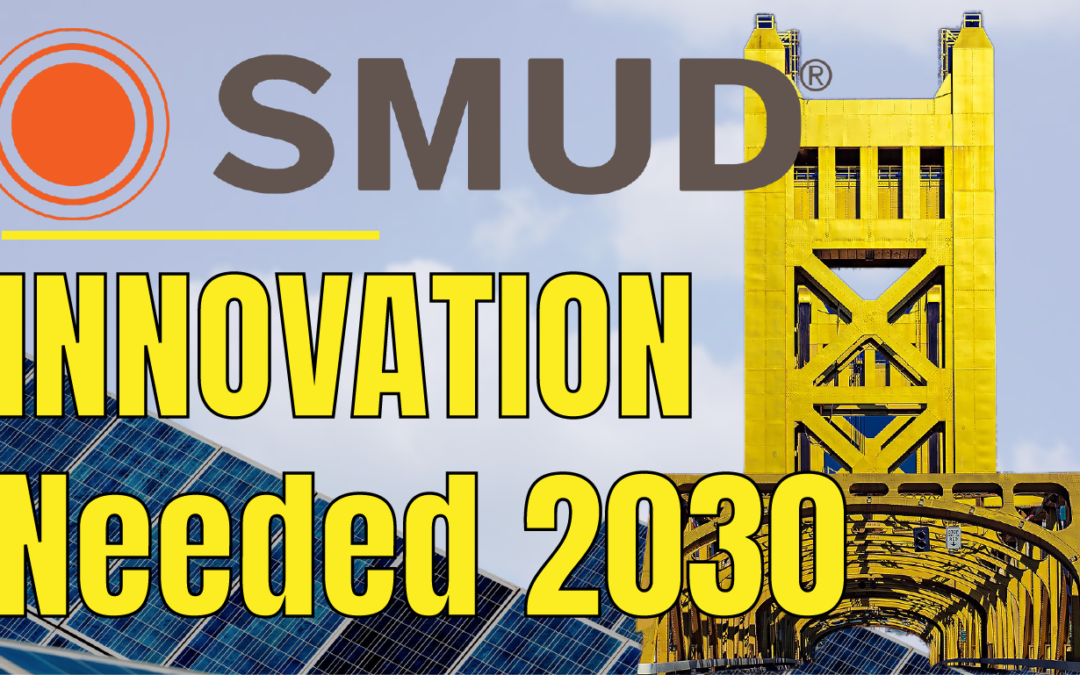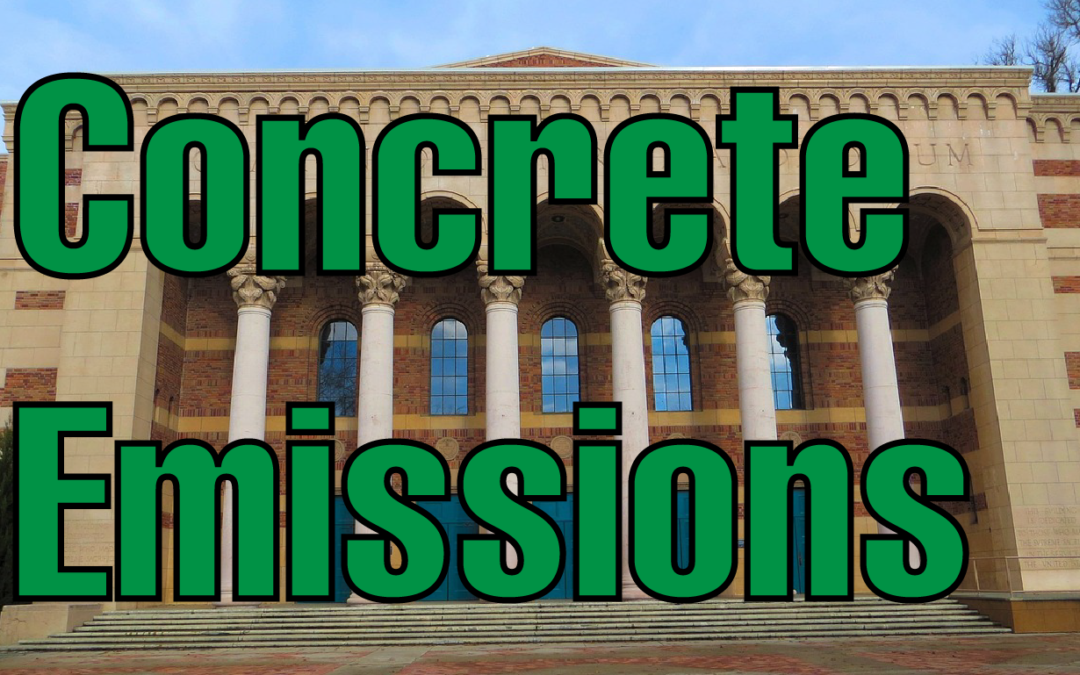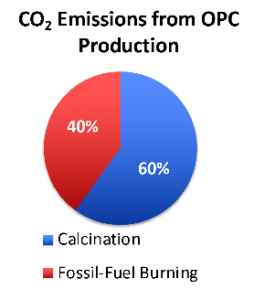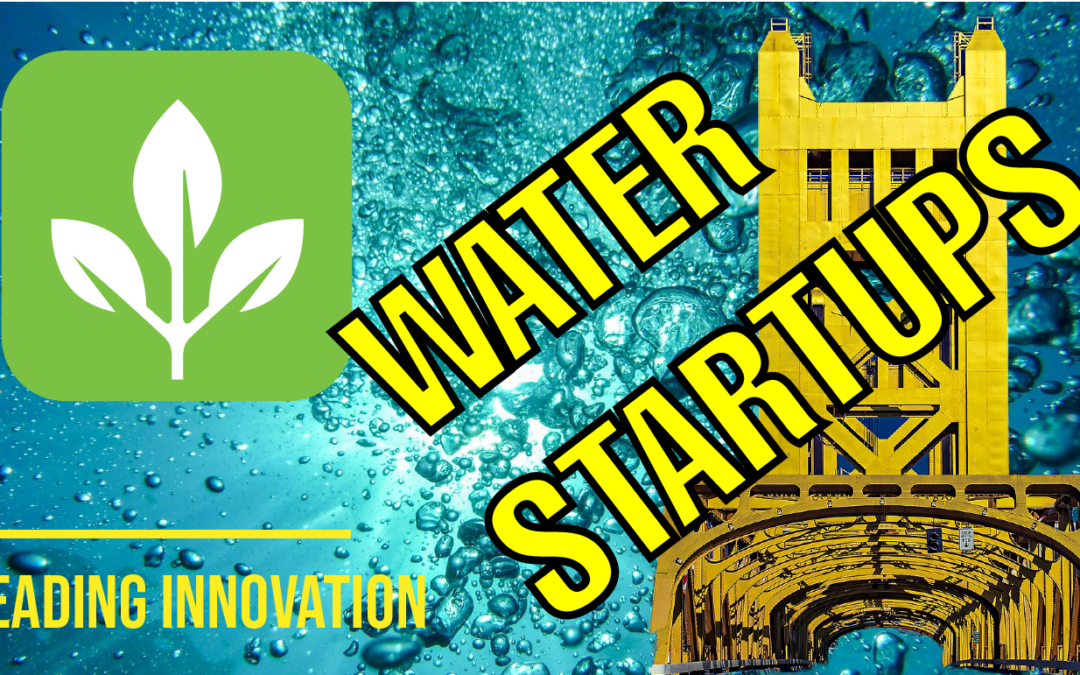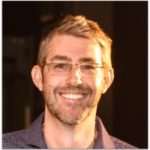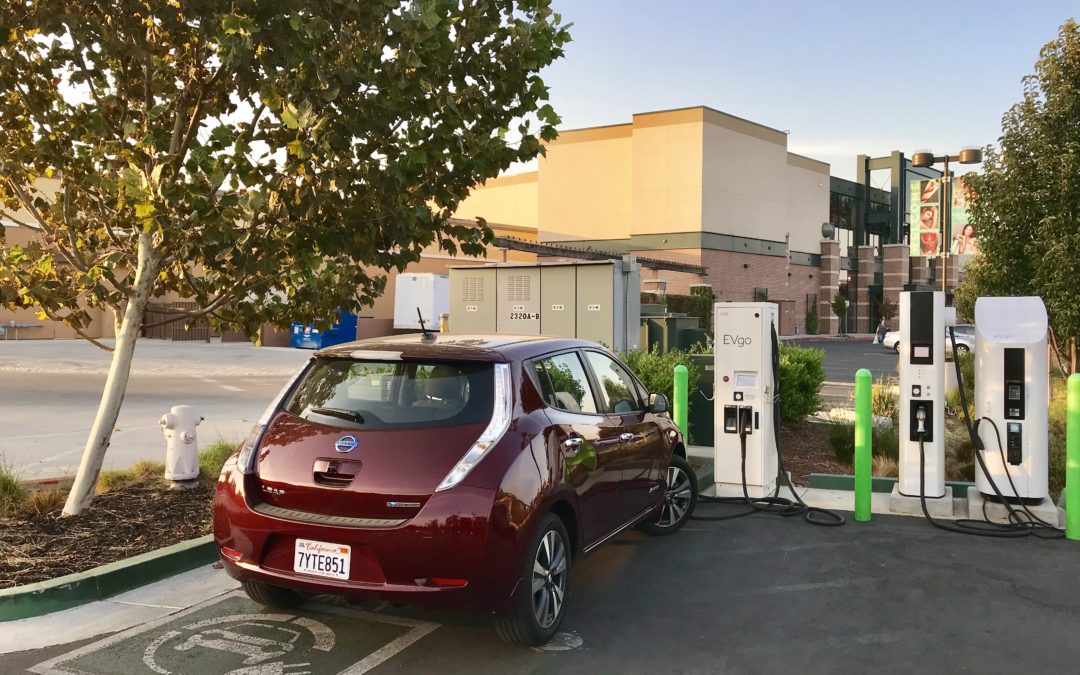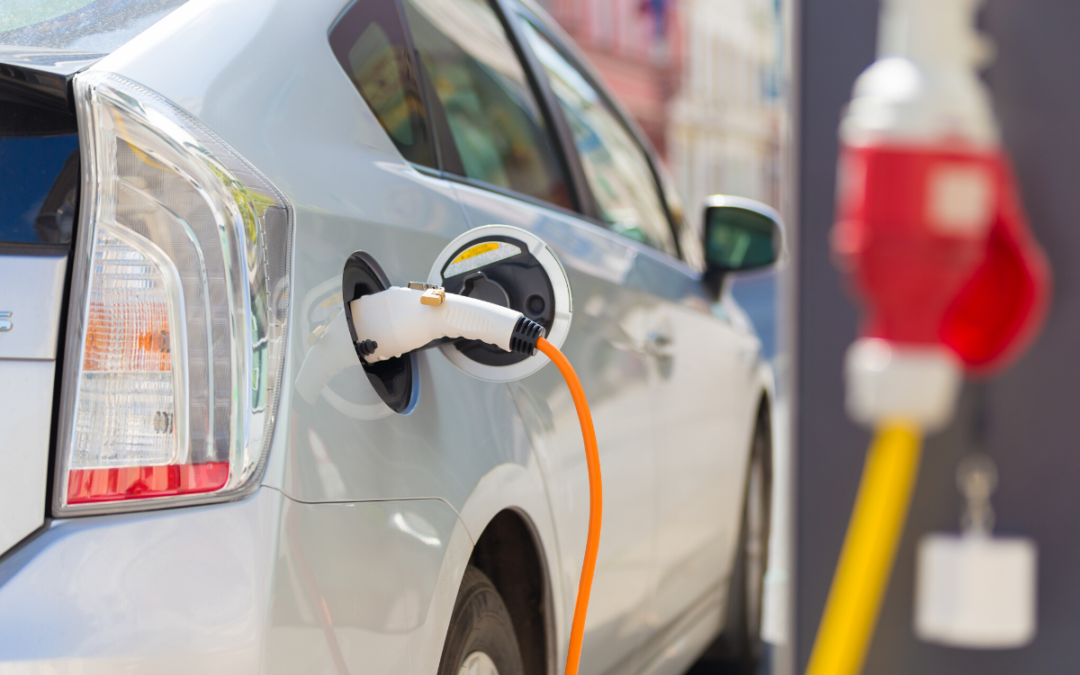
People will Demand a Million Charging Stations
Will we need 1.2 million public chargers? Gary Simon highlights how innovation will enable us to charge electric vehicles with fewer. This is an innovation in the ‘quality’ of charging as opposed to the ‘quantity’. The innovation may also be cheaper low end chargers, quantity over quality. I think quantity will be inevitable, everyone will drive EVs and demand access to reliable charging. Businesses will compete to meet the basic charging needs at the lowest cost.
“Think of it like buying an employee a cup of coffee.” Will Barrett VP of Sales at ClipperCreek puts it succinctly. There are several things employers and businesses do to support employees and customers. The average employer spends over $100 on coffee a year per employee. If your employees and customs drive EVs, charging will be a perk people will expect. For a business, it represents a relatively small increase in cost and a potential revenue generator.
Reliable charging will influence people’s habits. 90% of daily drivers drive less than 65 miles; cars are parked for over 20 hours a day. Finding reliable spaces to charge for 4-8 hours is more valuable than a Fast Charger. Consumers driving EVs will change where they shop if it means getting a little extra charge. After buying my EV, I have changed where I shop based on charging availability.
The demand push for charging will be accelerated by public funding. The CEC is spending $384 million on ZEV infrastructure over 3 years, Southern California Edison is spending $436 million over 4, and San Diego Gas & Electric announced $44 Million recently.
Innovation will make level 1 and 2 charging pervasive. EV drivers will value convenient access to reliable charging over fast charging. Businesses (Employers and Retailers) will do what they do best, compete. Will that get us to the CEC 1.2 Million public charging stations? Perhaps, but it should make charging more ubiquitous.
ABOUT THE AUTHOR
Thomas is the Executive Director of CleanStart. Thomas has a strong background in supporting small businesses, leadership, financial management and is proficient in working with nonprofits. He has a BS in Finance and a BA in Economics from California State University, Chico. Thomas has a passion for sustainability and a commitment to supporting non-profits in the region.
Sponsors




Weintraub | Tobin, Revrnt, Moss Adams, PowerSoft.biz, Greenberg Traurig


